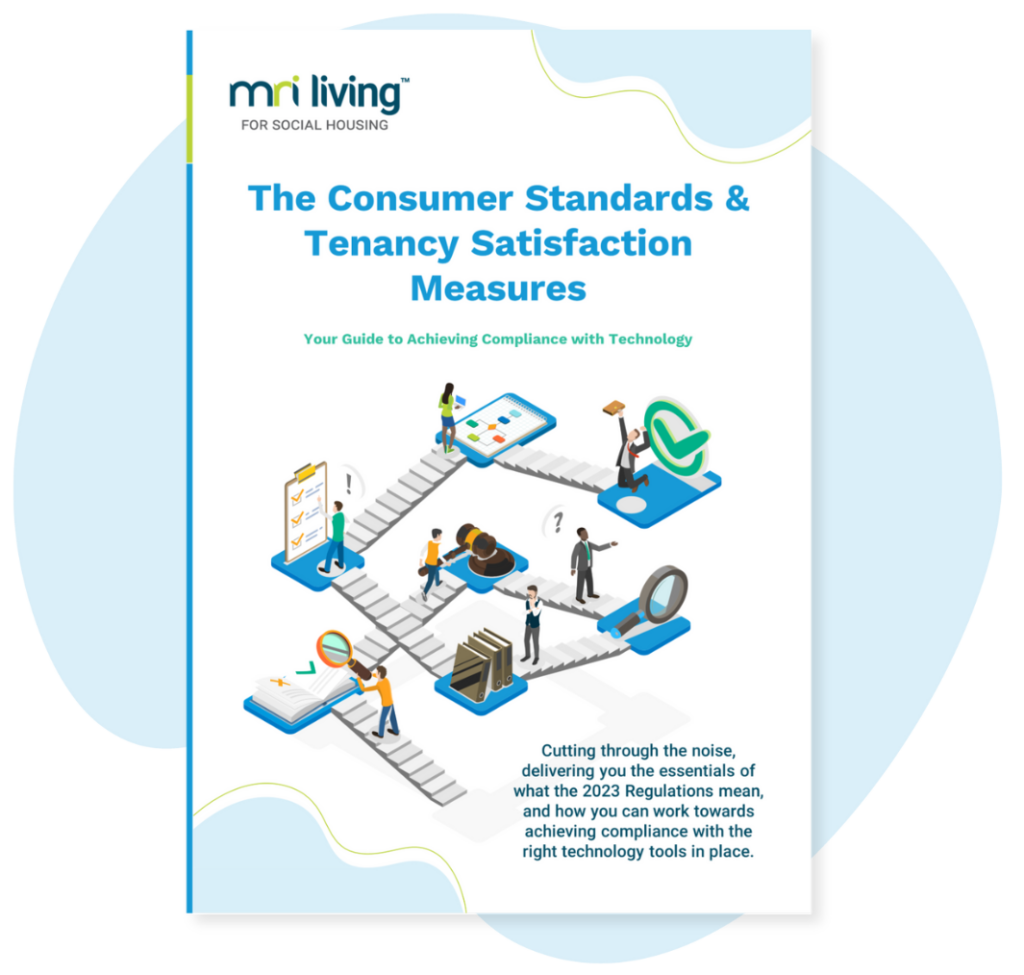Britain’s Empty Homes Strategy
In March of this year, Zoe Banks highlighted the importance of ‘Advertise a Void’, a free tool for landlords on HomeSwapper to get empty social properties back into circulation. This week we’re exploring the national picture further. It is estimated across England, Scotland and Wales that there are around 280,000 long term empty homes (empty for more than six months); just under the amount the government has pledged to build each year. Whilst filling these empty properties may not be a ‘fix all’ for affordable housing provision, they represent homes that could be brought up to scratch with less work and resources than building new.
Calls for action on the empty homes issue in the UK are not new; in 2011 a Channel 4 program, ‘The Great British Property Scandal’ stirred the public’s consciousness. The amount of empty homes represents around 3% of the total housing stock in England. Predominantly, these homes are privately owned, but local authorities (LAs) are being given new enforcement options to take action on empty homes. From April 2020, LAs were given powers to charge a premium of 200% council tax on properties that have been empty for over 5 years and were not engaging with the LA’s action plan.
The waste of a potential home is not the only impact that empty properties have; they can be magnets for antisocial behaviour, squatting, fly tipping, pests and damp. Without LAs adopting a proactive strategy and action plan, many of these issues then become a problem for the wider community and housing providers themselves. Those living nearby normally bring an empty home to Council attention; these houses are “usually highlighted through neighbour complaints, councillor enquires or referrals from other council departments such as Environmental Health.” Many local authorities now hire specialised Empty Homes Officers to implement housing strategies with owners, landlords and next of kin to bring these homes back into the community; as the longer a home has been empty, the harder, more expensive and less attractive a prospect it is to make it liveable again.
Concerted action and funding are needed from government and the housing sector to identify and tackle the growing issue of empty homes. It’s a missed opportunity that there are 200,000 empty properties that could house people desperately needing a home of their own.
Joe Garner, Chief Executive, Nationwide
West Dunbartonshire Council also put forward a compelling argument for having a strategic housing plan for empty houses:
“There are other cost-benefits to the council, which are less direct but no less important. When a home is occupied, the household will, depending on its size, spend thousands, potentially tens of thousands of pounds in the local community. From buying groceries locally, going to local pubs/restaurants, buying clothes, furniture and other goods local. Lots of empty homes in a particular area costs local businesses a huge amount of money.”
Across the UK, the amount of empty properties is rising at around 2-5% per year. The place in the UK with the largest amount of empty homes is Portsmouth – and this rose at the alarming rate of over 100% last year.
This remains a national scandal that isn’t going away, pointing to a collective failure to really get to grips with this problem. The stubbornly high number of empty homes is compounding the housing market’s deeply entrenched problems with lack of supply remaining a key driver of high prices and low affordability. New homes are not being built fast enough and the constant spectre of abandoned properties aggravates an already tough market, particularly for first-time buyers who desperately want to claim the keys to their first property.
Joseph Daniels, CEO of Project Etopia
National Empty Homes Strategy
Councils and local authorities across the UK are actively employing different empty homes schemes and offering empty home assistance to tackle the problem in their wards. Birmingham City Council consider Compulsory Purchase Orders on any empty property in their ward that is vacant for more than 2 years. In Luton, private owners have access to a grant of up to £30,000 on a matched funding basis if their property has been empty for at least two years and on the condition that their property is then rented to a local Registered provider (Luton Community Housing Association) at affordable rent for the following five years.
Partnerships between LAs, HAs, private owners and the private sector can bring much needed stock into play for council waitlists. Derby City Council, through these types of partnerships, helped renovate and reoccupy 70 properties as affordable housing. In June 2020, Kent County Council pledged £12million for their ‘No Use Empty’ scheme. Cabinet member Mike Whiting said, “With the UK experiencing challenging times and the impact facing the construction industry, initiatives such as ‘No Use Empty’ are becoming increasingly important.”
Case Study: Scottish Empty Homes Partnership (SHEP)
SHEP in one decade managed to bring 5,766 homes back into use; 26% of those were earmarked for affordable housing and 17% were acquired through council buybacks. SHEP has been funded by the Scottish Government for the last three years and works closely with Shelter Scotland. 44% of the houses were brought back into use since the start of their government partnership, proving that clear vision and support from legislators can really boost the agenda of an organisation.
They aim to have an Empty Homes Officer installed in every LA in Scotland by the end of 2021 and make work on empty homes the mainstream in all LAs across the UK in order to deliver affordable housing.
HomeSwapper, Advertise a Void
If a housing provider has a void property within their stock, it can be listed on HomeSwapper for free as part of the HomeSwapper package for tenants to view. These homes might be in need of a little TLC or have previously proved hard to let, but may be the perfect fit for someone desperately trying to move. It’s always lovely to hear where HomeSwapper has successfully matched a void property to a tenant in need.
Zoe Banks, Customer Experience Team
In the coronavirus information given in the Government’s recovery plan, home building took centre stage. But while empty homes were not specified within that plan, vacant offices and commercial properties will be having planning red-tape cut for ‘repurposing’. There is still a question as to whether these plans will result in quality affordable housing. Bringing empty homes back into use presents a chance to house families, employ a local workforce to bolster the community and through strategic partnerships and funding, bring affordable homes under RP and Council management.
MRI Software build a number of solutions for the social housing sector including HomeSwapper. If you would like to know more about what we do, please drop an email to socialhousing@mrisoftware.com
The Consumer Standards and Tenancy Satisfaction Measures: Your Guide to Achieving Compliance with Technology
Cutting through the noise, delivering you the essentials of what the Consumer Standards and Tenancy Satisfaction Measures 2023 Regulations mean, and how you can work towards achieving compliance with the right technology tools in place. New regulatio…

